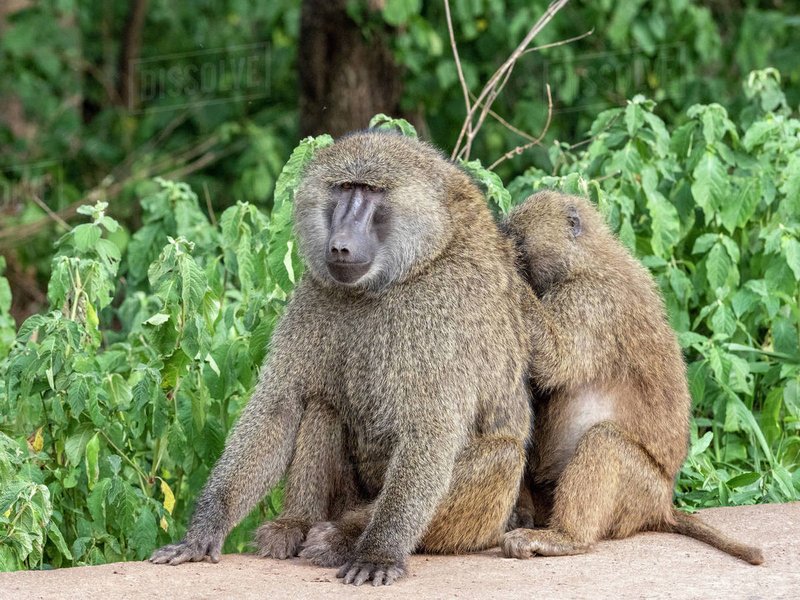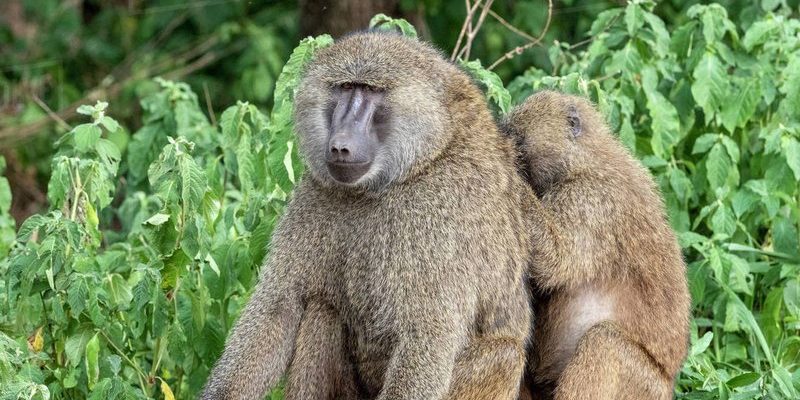
Baboons belong to the genus *Papio*, which comprises five distinct species found primarily in Africa. Each species has its own unique characteristics and habitat preferences. But like many animals, they face threats that impact their populations. So, let’s dive deeper into this issue and explore the status of baboons and the global conservation efforts surrounding them.
Understanding Baboon Populations
To get a handle on the conservation status of baboons, it helps to know how many species exist. The five main species are the Olive baboon, Yellow baboon, Chacma baboon, Guinea baboon, and the Hamadryas baboon. Each of these has different ranges and habitats, from savannas to rocky cliffs.
Some species, like the Olive baboon, are relatively widespread. They often adapt well to human environments and have a stable population. In contrast, the Hamadryas baboon has a more limited range and is showing signs of population decline. The situation is not just a matter of numbers but also of habitat loss and other environmental factors threatening these animals.
It’s also important to note that habitat destruction, driven by human activities like logging and agriculture, poses a significant challenge. As we expand our own living spaces, we encroach on theirs, leaving less room for baboons to thrive. This encroachment can lead to conflicts between humans and baboons, further endangering them.
Threats Facing Baboons
You might be wondering what specific threats baboons face today. First off, habitat loss is one of the biggest culprits. As more forests are cleared for farmland, baboons lose not just their homes but also vital resources like food and water.
Additionally, baboons often come into conflict with farmers. When these primates raid crops, it leads to retaliatory actions from the farmers, which can include trapping or even killing baboons to safeguard their livelihoods. This creates a negative cycle that further endangers these fascinating animals.
Moreover, some species are vulnerable to poaching and illegal wildlife trade. While baboons aren’t typically targeted as heavily as elephants or rhinos, they can still fall victim to traps or hunting in certain regions. The illegal pet trade also affects them, especially younger baboons, as they are sometimes captured for human companionship, which is detrimental to their populations.
Conservation Efforts in Action
Now, let’s shift gears and focus on the silver linings—the conservation efforts underway to help baboons. Several organizations and local governments are working to protect these primates and their habitats. For instance, establishing protected areas and national parks has been crucial for safeguarding baboon populations. These designated spaces allow them to live undisturbed by human activities.
Additionally, awareness campaigns play a vital role in educating communities about the importance of baboons in their ecosystems. Groups are actively involving locals in conservation efforts, helping them understand that baboons contribute to biodiversity and the overall health of the environment.
Community-based programs are also gaining traction. They aim to reduce human-wildlife conflict by providing alternative solutions. For example, farmers might be encouraged to use non-lethal deterrents to keep baboons away from crops, fostering a coexistence mindset rather than competition.
Success Stories and Future Outlook
There have been some promising success stories in baboon conservation efforts. For example, in places like Tanzania, where conservationists have been working tirelessly, the populations of certain baboon species have stabilized. This progress is often attributed to better habitat protection and local community involvement.
However, while there are successes, the future still looks uncertain. Climate change poses another looming threat, impacting their habitats and food supplies. As temperatures shift and weather patterns change, baboons may struggle to find suitable environments to thrive in.
The takeaway here is that while some baboon populations are not currently endangered, they still require our attention and protection. Conservationists emphasize the need for ongoing research and adaptive management strategies to ensure these iconic animals continue to flourish.
What You Can Do to Help
Feeling inspired to make a difference? There are several ways you can contribute to baboon conservation and wildlife protection. Here are a few ideas:
- Support conservation groups dedicated to protecting baboons and their habitats.
- Educate others about the importance of baboons in the ecosystem.
- Practice responsible tourism by visiting wildlife reserves ethically.
- Advocate for wildlife-friendly policies in your community.
Every little bit truly helps, and raising awareness can create a ripple effect that benefits baboons and countless other species.
So, are baboons endangered? The answer varies across species and regions, but the consistent theme is that they face real challenges that are often rooted in human actions. With strong conservation efforts and community involvement, we can help ensure that these lively primates remain a vibrant part of our world. Remember, every creature plays a role in our ecosystem, and protecting baboons means protecting a piece of our planet’s biodiversity. Let’s keep working together to secure a future where baboons can thrive alongside us!

